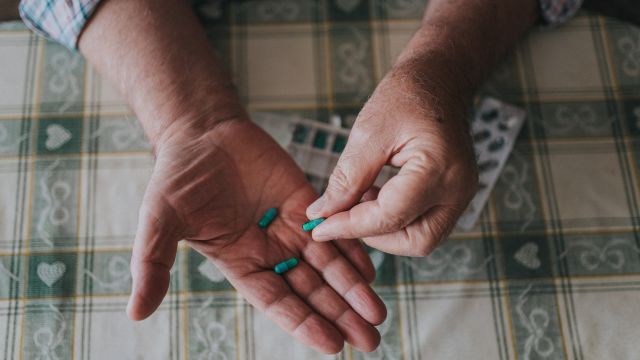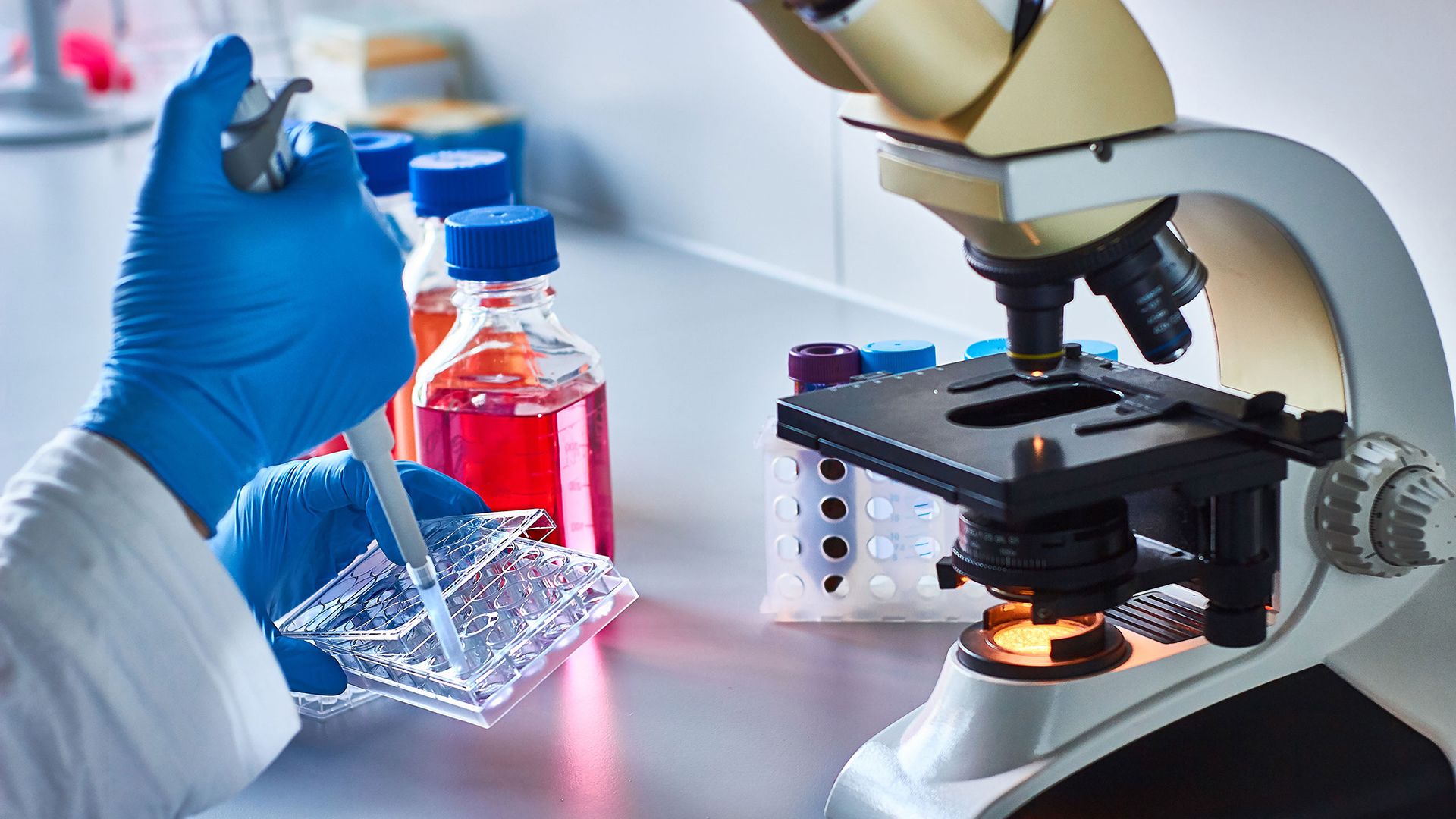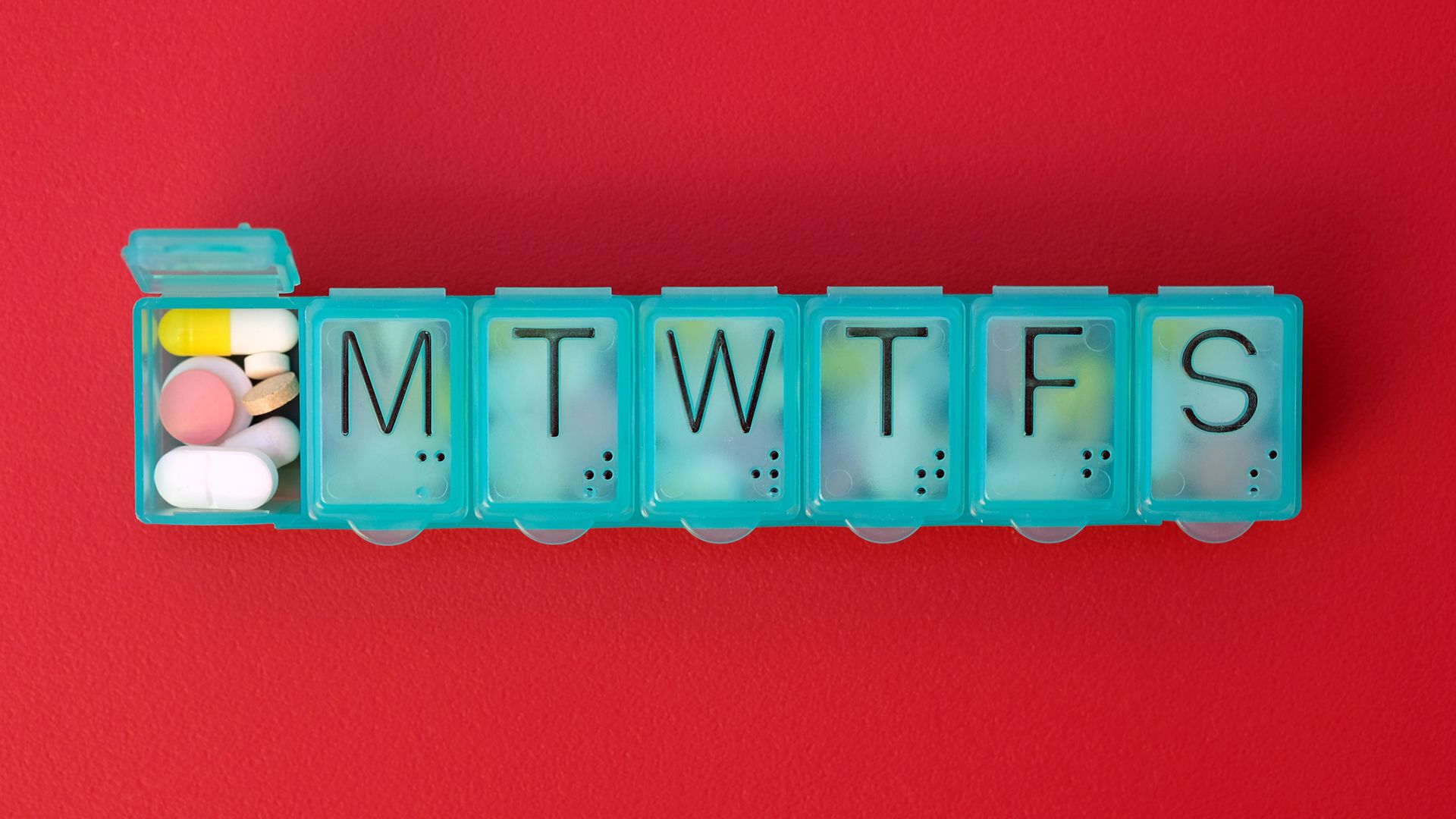Leukemia is a type of cancer that begins in the bone marrow, the fatty tissue found inside bones where blood cells are made. Leukemia occurs when the bone marrow begins making abnormal, cancerous blood cells. Leukemias can involve white blood cells, red blood cells, and platelets.
There are many different types of leukemia, but there are four main types:
- Chronic Lymphocytic Leukemia (CLL)
- Chronic Myeloid Leukemia (CML)
- Acute Lymphocytic Leukemia (ALL)
- Acute Myeloid Leukemia (AML)
These main types are named based on the type of white blood cells that become cancerous (lymphocyte or myeloid cells) and whether the cancer is chronic or acute. Chronic refers to leukemias that progress slowly and cause few early symptoms. Acute leukemias progress at a faster rate and the disease worsens quickly.
What is CLL?
CLL is a type of leukemia that begins in lymphocyte cells and is typically slow growing. It is one of the most common types of leukemia. When a person has CLL, the bone marrow produces large numbers of abnormal white blood cells.
However, the abnormal white blood cells do not function properly. They do not fight infections and also interfere with the production of other blood cells that are made in the bone marrow. Over time, this can lead to infections, bleeding, and other complications.
What are the symptoms of CLL?
CLL may not cause any symptoms in the early phases and cancer treatments can be hard on the body—they often damage healthy cells and can cause a number of unwelcome side effects. If the CLL is not causing symptoms, a healthcare provider may advise a patient to hold off on treatment while closely monitoring the cancer. Treatment can begin if the cancer begins causing symptoms or becomes more aggressive.
Symptoms of CLL may include:
- Frequent infections (bacterial, fungal, and viral infections)
- Feeling tired, weak, or fatigued
- Bleeding and bruising easily
- Tiny pinpoint red spots on the skin
- Paleness
- Swollen lymph nodes (may be felt as hard lumps in the neck, groin, or armpit) that are painless
- Losing weight for no apparent reason
- Fever, chills, and/or night sweats
- Pain, discomfort, or swelling in the abdomen, which may occur after eating—though it can occur even if a person hasn’t eaten. This can be caused by swelling in the spleen or liver.
If you or a loved one has CLL and experiences any of these symptoms, it is important to see your healthcare provider as soon as possible.
What are the treatment options for CLL?
As with other types of cancer, treatment for CLL is tailored to the individual needs of the patient. Your healthcare team will take into account a number of factors when deciding on the best approach to treatment. These factors include your age and overall health, your medical history (including previous cancer treatments), and how the cancer is behaving inside the body.
Common treatments for CLL may include anti-cancer drugs, such as:
- Chemotherapy drugs that contain powerful chemicals that kill cancer cells or stop cancer cells from dividing.
- Targeted therapy drugs that block specific proteins cancer cells use to grow and spread.
- Monoclonal antibodies, which are man-made versions of immune system cells that help the body fight cancer.
Less commonly used treatments for CLL include radiation therapy, surgery to remove the spleen, a procedure called leukapheresis (which filters white blood cells from the blood), and stem cell transplants.
Remember, every case of CLL is different, and every patient is different—your best source of information about your diagnosis is your healthcare team.






